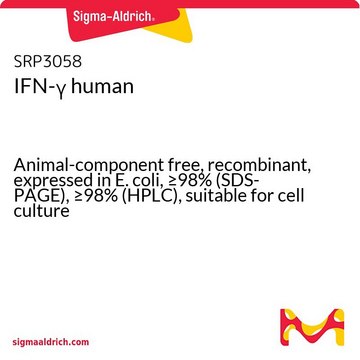W412101
Geranic acid
85%, stabilised
Synonym(s):
3,7-Dimethyl-2,6-octadienoic acid
About This Item
Kosher
Recommended Products
biological source
synthetic
Quality Level
grade
Halal
Kosher
description
Natural occurrence: tea, tomato, wine.
Assay
85%
contains
synthetic α-tocopherol as stabilizer
refractive index
n20/D 1.484 (lit.)
bp
250 °C (lit.)
solubility
H2O: insoluble
alcohol: soluble
density
0.97 g/mL at 25 °C (lit.)
application(s)
flavors and fragrances
Documentation
see Safety & Documentation for available documents
food allergen
no known allergens
Organoleptic
green; floral; woody
SMILES string
C\C(C)=C\CC\C(C)=C\C(O)=O
InChI
1S/C10H16O2/c1-8(2)5-4-6-9(3)7-10(11)12/h5,7H,4,6H2,1-3H3,(H,11,12)/b9-7+
InChI key
ZHYZQXUYZJNEHD-VQHVLOKHSA-N
Looking for similar products? Visit Product Comparison Guide
General description
Application
Biochem/physiol Actions
Disclaimer
Signal Word
Warning
Hazard Statements
Precautionary Statements
Hazard Classifications
Acute Tox. 4 Dermal - Skin Irrit. 2
Storage Class Code
10 - Combustible liquids
WGK
WGK 3
Flash Point(F)
271.4 °F - closed cup
Flash Point(C)
133 °C - closed cup
Personal Protective Equipment
Choose from one of the most recent versions:
Already Own This Product?
Find documentation for the products that you have recently purchased in the Document Library.
Our team of scientists has experience in all areas of research including Life Science, Material Science, Chemical Synthesis, Chromatography, Analytical and many others.
Contact Technical Service








